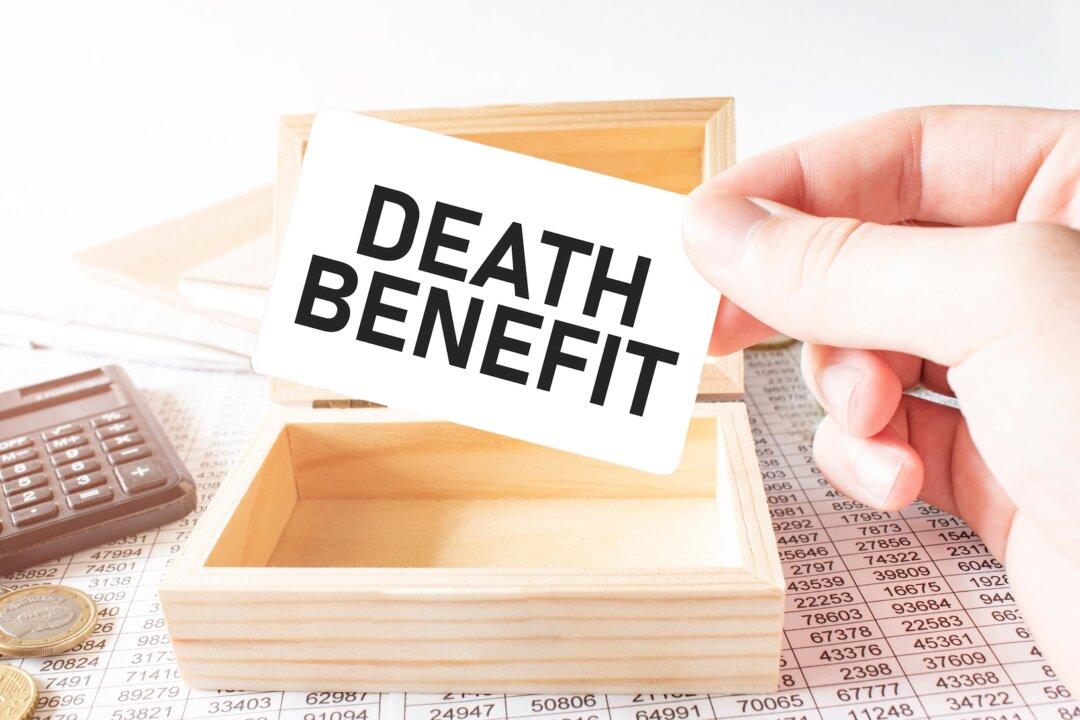Q: My husband of 49 years died a few months ago. I filed for widow’s benefits and started receiving them with no problem. But I got a letter telling me that I was not eligible for the $255 death benefit. When I called the Social Security people to ask about this, they told me that I wasn’t due that one-time benefit because we were not living together when he died. I’m ashamed to admit that my husband had been living with another woman for several years before he died. But it seems odd to me that I can get his monthly widow’s benefits, but I can’t get the burial benefit. Can you explain this?
A: Yes, I can. And it all has to do with the weird story behind that one-time $255 “death benefit.” Before I can answer your question, I’ve got to get into a little history. It didn’t start out as a death benefit, exactly, at least not in the context in which it is thought of today. It certainly was never meant to be a “burial benefit,” as you and many other people call it.






